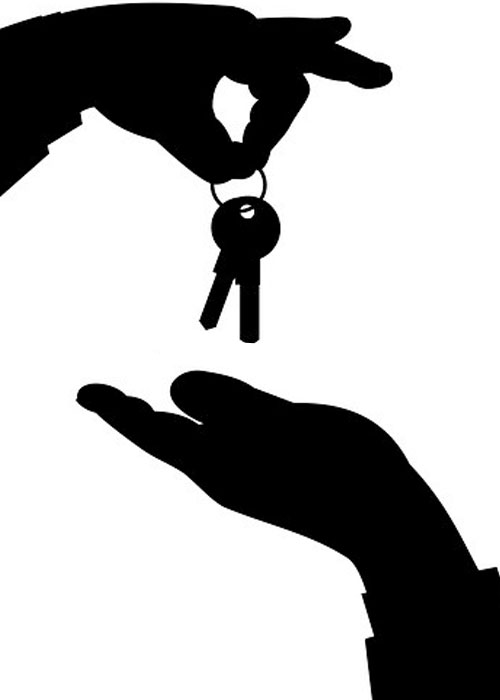Let’s hope the industry can police itself and avoid a repeat of the 2008 subprime meltdown.
 As we all know, mortgage qualification is a key element in moving new houses, but after the financial crisis in 2008 that was caused by the meltdown of the subprime mortgage market, today’s much tougher standards imposed by the government are challenging for all but the most credit-worthy borrowers. Today, mortgage qualification is right up there with construction labor shortages and a dearth of developed lots in keeping an artificial lid on the new housing market’s recovery.
As we all know, mortgage qualification is a key element in moving new houses, but after the financial crisis in 2008 that was caused by the meltdown of the subprime mortgage market, today’s much tougher standards imposed by the government are challenging for all but the most credit-worthy borrowers. Today, mortgage qualification is right up there with construction labor shortages and a dearth of developed lots in keeping an artificial lid on the new housing market’s recovery.
But in what has been a little-noticed corner of the mortgage industry since 2008, mortgage brokers willing to learn the lost art of making risky mortgages are in demand again. Mortgage brokers who serve as middlemen between lenders and borrowers used to be a key part of the home-loan process, particularly in the subprime mortgage area where faked loan applications and the steering of people into debt they couldn’t afford was rampant.
Financial regulation has severely diminished their ranks since the housing meltdown. But now, small and midsize independent lenders that typically cater to riskier borrowers are again soliciting brokers to fan out across the country and arrange mortgages for people with lower credit scores, or who can’t prove their income through a typical tax return. These brokers are working largely for “nonbank” lenders who make up a critical part of the mortgage market.
In a staggering statistic, nonbank lenders accounted for about one-half of the mortgages originated in the U.S. in the first quarter. But the subprime mortgage segment of nonbank lending has been tough sledding so far. In the first quarter, almost a decade after the start of the housing crisis, lenders originated just $6 billion in loans to borrowers with less than stellar credit scores or who are using alternative documentation to prove income, a category now known as “nonprime.” In all of 2016, they originated $22 billion in loans compared to the all-time high in 2005, when lenders made about $1 trillion of these mortgages.
Subprime mortgages are typically made to borrowers with a credit score of around 660 or lower, at interest rates ranging from 6% to 10%. Alternative documentation loans, or Alt-A loans, are made to borrowers with higher credit scores but who use bank statements or other less conventional ways to prove their income.
Slowly but surely, the subprime market is making its comeback. If the nonbank lenders continue to succeed in recruiting brokers, they believe the market potential for these loans could reach $200 billion annually, still a far cry from the 2005 peak. At the trade industry’s recent annual conference, several thousand brokers packed presentation rooms. Five years ago, 200 people might attend.
Providing credit to people who need to buy a new home is a key to growing the housing market, and in turn improving ready-mix concrete volumes on the residential side of our industry. Let’s hope the industry can police itself and avoid a repeat of the 2008 subprime meltdown.

